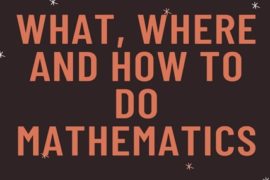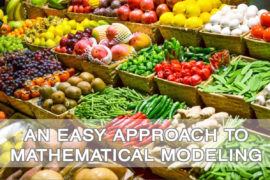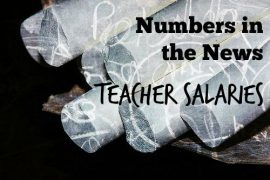I’ve been a fan of Project Runway since Heidi Klum, Tim Gunn and crazy Jay McCarroll stood in a room together for the first time. The stuff never gets old — from making skirts out of Twizzlers to designing wedding gowns for drama-prone models. And I’ve enjoyed many of the spawn created from Klum and Bravo’s original idea. (Well, except for 24-Hour Catwalk, which just stresses me out.)
So when I first heard about Jessica Simpson’s take on the fashion-designer reality television show, Fashion Star, I was intrigued. Not only because I like the fashion but also because of the retail aspect. In this series, which debuted on NBC on March 13, designers vie for bids from three retailers: H&M, Saks Fifth Avenue and Macy’s. After a quick and splashy runway show, featuring three original designs from two designers, buyers representing these retailers bid (or not) on the designs they want to have in their stores. A designer may get one bid, two bids, three bids or none at all. Then the designs are actually sold — the next day! — online and in stores. Instant gratification for the designers, buyers and viewers.
I’ve only seen the show once, and I don’t understand what Jessica Simpson, Nicole Richie and John Varvatos are supposed to be doing. But I’m most interested in the buyers.
That’s because not a week before on Project Runway (team Mondo!), the designers were challenged to come up with a ready-to-wear design that would not only sell in a retail store but also come in under a budget determined by a coster.
As I gathered from the episode a fashion coster determines the cost of manufacturing an item, while considering the retail value at the same time. In other words, will the retail value of the design actually cover the cost of materials and manufacturing and leave room for other costs and profit?
I imagine there was lots and lots of editing. And I imagine that the coster who appeared on the show is also so good at her job that the math comes almost second-nature. At any rate, she whipped out numbers lickity-split and with very little emotion. She would look at a design and say, “This would sell for $300.” Then she’d offer, “And you have a $48 fabric budget.” The designers “shopped” for fabric that met their budgets and their designs.
Compare this with Fashion Star. Near as I can tell, the buyers — who are sitting at least 50 feet away from the runway — don’t get a very good look at the designs. How many zippers does the skirt have? Is the fabric silk or could you get away with a less expensive blend? Are the pockets in the jacket real?
See all of these details make a big difference in materials and manufacturing costs, I would think. So when these buyers place a bid on a mini-collection, how can they be sure they’re not just throwing money at something with bigger manufacturing costs than can be covered by the retail price?
Maybe these buyers have an inside look at the designs before they hit the runway or before the bids are made. But I guess that’s my gripe about this show — why hide the math?
Unlike Rachel on Friends, real fashion buyers are not just in it for the cute clothes. Like costers, they depend on a great deal of mathematics in making the decisions whether or not to stock their racks with caftans or mini-skirts. It’s not just about what they think will sell — it’s also about what can be sold at a reasonable profit.
I’m comparing apples to oranges here, but the underlying idea is the same — whether figuring the manufacturing costs or deciding how much to bid on a design, the math is critical. Without computations of some kind, it looks like stores and designers are simply telling us what we shouldbuy, not listening to what we want.
I thought the Project Runway episode was cool. I’m less enthusiastic about Fashion Star. And for me — big surprise! — it comes down to the math.
Did you watch this episode of Project Runway? Do you watch Fashion Star? What’s your take on the magical math of these reality television programs?
ATTENTION EVERYONE! Did you know that next month is Math Awareness Month? You do now! I’m planning a big celebration here at Math for Grownups. So be sure to check out the Facebook page and blog for upcoming contests, interviews and even a new blog design!








Comments are closed.